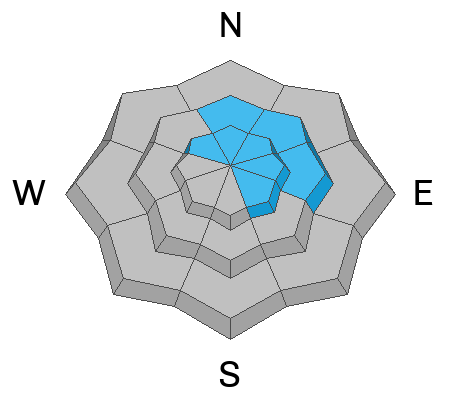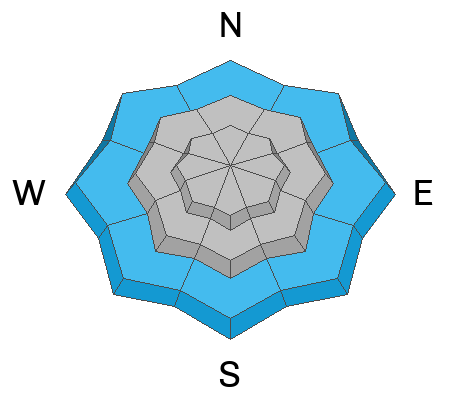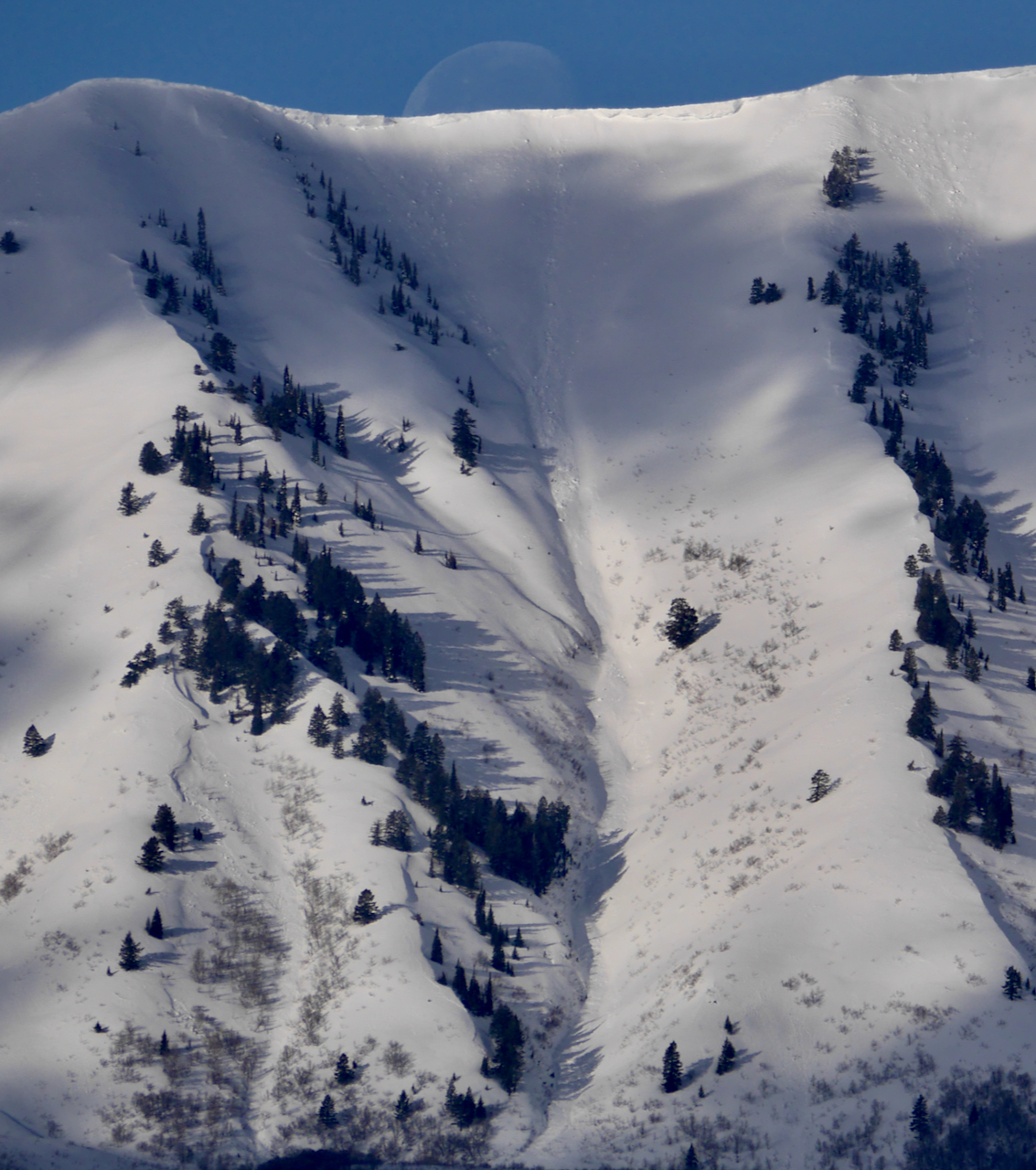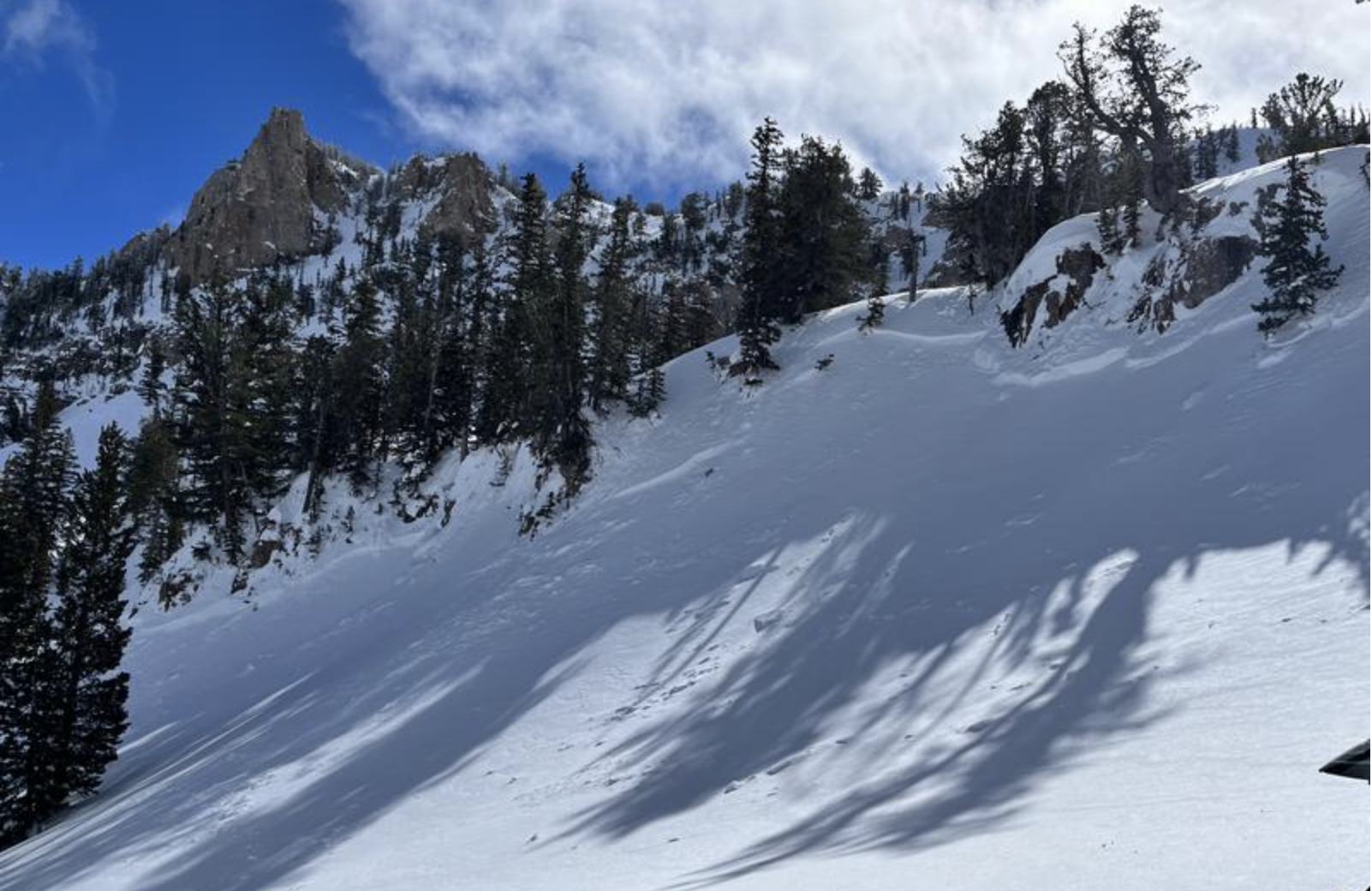The UAC is currently working with the operation involved in Thursday's fatal avalanche in the Uintas to prepare a report. Please be patient as we sort out the details of this complicated incident. A preliminary report is available
HERE.
Last week's fine powder conditions are now just a memory, and conditions are completely different this week. Heightened avalanche conditions are found in the backcountry, especially in windy terrain, and people need to pay close attention to signs of instability like cracking or collapsing. Colder temperatures overnight probably helped with the wet avalanche problem at lower elevations by freezing up the saturated snow, but warm daytime temperatures, rain or even sun could soften up the snow and revive the concern. Although melting fast, there is snow at very low elevations this year, and we are seeing avalanches on slopes that don't normally have enough snow. Loose wet avalanches could entrain large piles of heavy snow and be a significant risk, especially with terrain traps below steep slopes.
The 8400' Tony Grove Snotel reports 27° F this morning, and there is 131 inches of total snow. The wind is blowing from the southwest 18 mph at the 9700' CSI Logan Peak weather station.
The National Weather Service has issued a
Winter Storm Warning for the Logan Zone starting tomorrow night and extending through Wednesday night. We are at a point in the season where direct action avalanches are the rule, and large natural avalanche events occur almost weekly, during each storm. The avalanches are caused by
heavy snowfall, drifting from strong winds, and/or
rain on snow.
Here is the NWS point forecast for high elevations in the Central Bear River Range:
Today: A chance of snow showers before noon, then a chance of rain and snow showers. Mostly cloudy, with a high near 40. South southwest wind 7 to 9 mph. Chance of precipitation is 50%. Total daytime snow accumulation of less than a half inch possible.
Tonight: Mostly cloudy, with a low around 30. South wind 7 to 10 mph.
Tuesday: A chance of rain and snow showers before noon, then rain showers likely. Cloudy, with a high near 45. South wind 13 to 18 mph. Chance of precipitation is 70%. Little or no snow accumulation expected.







 Widespread natural avalanches occurred across the zone with Friday's storm, including some gouging wet loose avalanches, very large cornice falls, and 1 to 2' deep wind/storm slabs, hundreds of feet wide.
Widespread natural avalanches occurred across the zone with Friday's storm, including some gouging wet loose avalanches, very large cornice falls, and 1 to 2' deep wind/storm slabs, hundreds of feet wide.



